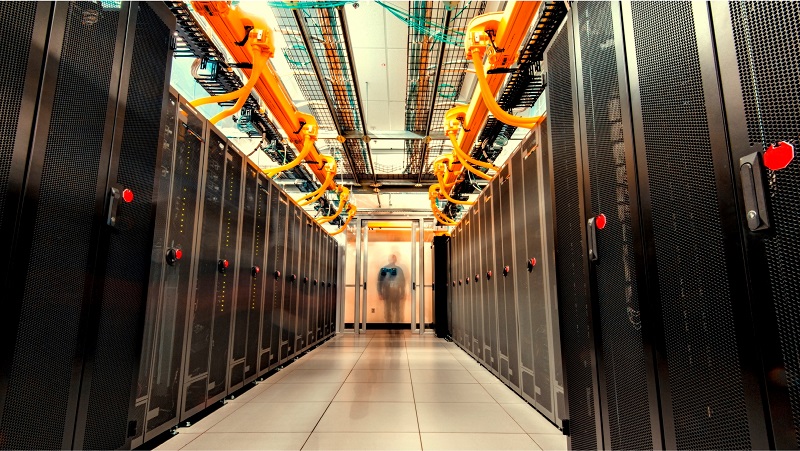A future-proof data centre environment is key to digital transformation in Africa, WSP

According to a recent report, Africa needs 700 data centre facilities to meet growing demand for capacity and density in today’s digitally-driven operating environment. This is easier said than done given the power, land, and water requirements of modern data centres. And yet, this has become a non-negotiable at a time when cloud adoption has accelerated and become a top business priority.
“These mission-critical facilities require resilient infrastructure to ensure uninterrupted services that enable business, operations, and systems to function effectively and continuously – especially given the ongoing lockdown conditions still experienced in many African countries, but for a post pandemic future too. Uptime is key, and in a world where distributed work has become normalised, no organisation can afford to experience any disruptions especially when geographically dispersed employees are accessing systems in cloud environments,” says Peter Hodgkinson, Managing Director, WSP, Building Services, Africa.
The African data centre market size is expected to top $3 billion by 2025 at a compound annual growth rate of over 12% during the 2019 to 2025 forecasting period. Furthermore, more than 70% of companies in the region will shift to the cloud. This will only increase as more countries invest in better connectivity and infrastructure to manage data centre facilities. To this end, partnerships between government and the private sector must be strengthened to create an enabling environment for the development of modern data centres that are future-proof by design.
“The investment required for the building of a data centre is significant. As such, these must be developed to meet the urgent and immediate needs of businesses operating in a highly volatile market still being challenged by the COVID-19 pandemic. But perhaps, even more importantly, they need to be resilient and sustainable to make them future-proof on a continent where resources like water and electricity are scarce and must be managed as efficiently as possible,” adds Hodgkinson.
An example of this is the challenge of managing the consumption of power and huge quantity of heat generated by a data centre that processes a massive amount of data. And further complicating matters is that traditional data centre designs have fixed set points that do not allow for any adaptability regarding external environmental factors. It is therefore important to install a solution that optimises energy efficiency by adjusting the amount of direct fresh air and humidity in the system while factoring in external factors such as the weather.
“Data centres require the highest level of precision when it comes to their design. Optimising this process through Building Information Modelling (BIM), a digital representation of physical and functional characteristics of a facility, can make significant inroads of ensuring the modern data centre reflects the unique environmental demands of Africa. Aspects such as fire protection, building design, power and cooling systems, security, facility management systems, and sustainability are all critical in this regard,” says Hodgkinson.
In addition, and given the complexity of managing resources across Africa, the operational profile of data centres must also remain cognisant of energy savings and carbon emission reductions as core environmental priorities.
Hodgkinson says: “Energy security is a critical consideration. Given the purpose of a data centre, being able to offer nearest to 100% uptime is not only a key market differentiator, but increasingly a non-negotiable in this digital age. However, most markets across Africa experience some level of unstable power supply at best. This is also compounded by pressure to rethink resource reliance in line with sustainability practices. And the data centre environment is no different.”
Typically, data centres are power hungry, however, to meet uptime conditions and manage customer expectations power management solutions – including resilient and backup power infrastructure, or self-powering solutions to offset reliance on grid power – is business critical in the African data centre market. Additionally, with the global shift towards net zero, more emphasis is being placed on architects and consulting engineers to continue to come up with alternative and operational cost-efficient designs to reduce energy consumption, reduce carbon emissions and improve the overall operational efficiencies of new data centre projects.
“A data centre that is built around these core principles is not only modern in today’s context, but future-proof by design. And, like smart property developers, data centre owners have begun to realise that building for sustainability not only makes good operational business sense, but it also aligns with responsible corporate citizenship and meeting environmental, social, and governance (ESG) practices. These are significant value adds to the end-user, which also contributes to the marketability of the data centre as what benefits the end-user also benefits the data centre owner,” concludes Hodgkinson.
Follow us on Telegram, Twitter, Facebook, or subscribe to our weekly newsletter to ensure you don’t miss out on any future updates. Send tips to info@techtrendske.co.ke.




